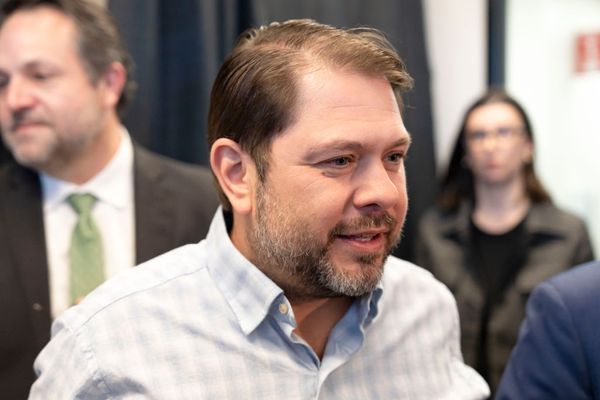
Last year, demand for lithium-ion batteries that went into electric vehicles and stationary storage amounted to roughly 950 gigawatt-hours globally, according to estimates from BloombergNEF. At the same time, the total battery manufacturing capacity was almost triple, at about 2,600 GWh.
At the end of next year, the total global announced battery manufacturing capacity is said to be 7,900 GWh or 7.9 terawatt-hours, while demand projections squeeze out a figure of 1.6 TWh, according to the same source. In other words, we’re looking at a supply chain that could churn out five times more lithium-ion batteries than needed for EVs and storage applications. So what now?
Get Fully Charged
EV demand didn't quite keep up with supply
Battery makers around the world churned out about almost times more cells than were needed for EVs and stationary storage last year. That discrepancy is expected to get even bigger in the following years as battery companies continue to invest heavily in R&D.
Well, for starters, it’s worth noting that the announced battery manufacturing capacity will most likely never be reached. Bloomberg writes that much of it will be either behind schedule or canceled. That’s because some battery manufacturers will simply be squeezed out of business by the big players and other parts of the supply chain won’t be able to deliver at such a high pace.
However, the fact of the matter is that the world’s battery makers will continue to increase their production capacity as time goes on to keep up with the expected demand for EVs and stationary storage. This is because multiple nations across the world, including the United States and the European Union’s members, have imposed gradual carbon dioxide emission reductions for passenger cars, which can be reached by increasing the share of battery- or hydrogen-powered vehicles.
China is the global leader in battery manufacturing, whether we like it or not, and it will continue to be for the foreseeable future. Two of the world’s biggest players, CATL and BYD, continue to invest billions in research and development, coming up with new and better products.
Europe, North America and Asia (except China) are also set to increase their battery manufacturing capacity in the next two years.

All of this might seem intimidating but it all boils down to the benefits for the end users. And the biggest benefit of them all is that the price of EV batteries will continue to go down, enabling carmakers to introduce more affordable cars.
Last year, the average price for lithium-ion battery packs went down 14% compared to 2022, reaching $141/kWh for the electric bus, commercial EV, passenger EV and stationary storage segments, according to BloombergNEF. In 2019, the average was $258/kWh.
By the end of 2024, China’s CATL expects to bring the cost of lithium-ion battery cells down to less than $60/kWh. That’s less than half of last year’s average.
China already has its fair share of cheap, no-frills EVs that can be had for the equivalent of $10,000 to $15,000. In the United States, we’re not quite there yet, but upcoming models like the entry-level Chevrolet Equinox EV, VinFast VF3 and Kia EV3 are sure to lower the entry point for EVs in America. Not to mention the myriad of models planned by several automakers for the next five years.







